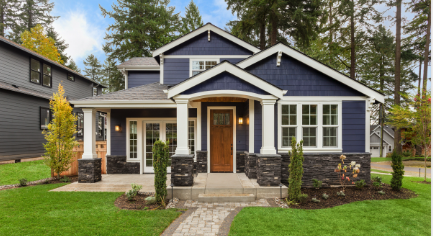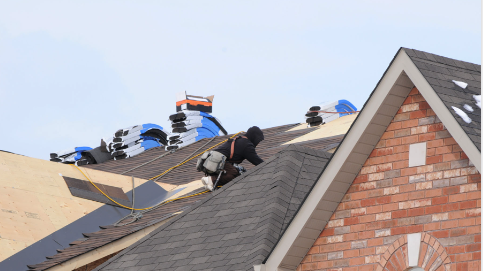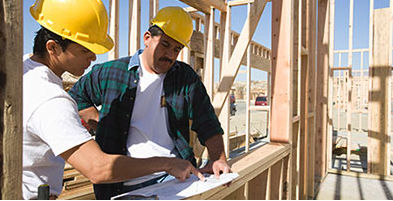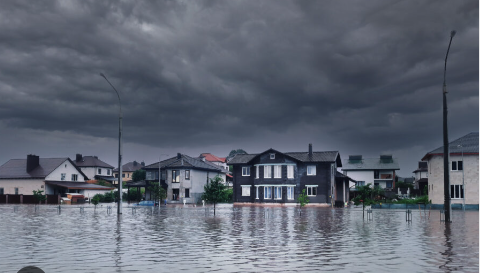Introduction
In an increasingly uncertain world, the desire for enhanced security and peace of mind has led to the rise of fortified homes. These residences go beyond traditional security measures, incorporating advanced technologies, robust construction materials, and intelligent design to create a formidable line of defense against potential threats. In this blog post, we will delve into the concept of fortified homes, explore their benefits, and discuss some of the key features that make them a popular choice for individuals seeking the ultimate protection for themselves and their families.
- Reinforced Structures: Fortified homes prioritize strength and durability in their construction. From reinforced concrete walls to impact-resistant windows, these structures are designed to withstand extreme weather conditions, such as hurricanes, earthquakes, or even attempted break-ins. The integration of advanced construction techniques ensures that the home can endure external forces, providing a safe and secure environment for its occupants.
- High-Tech Security Systems: Fortified homes are equipped with state-of-the-art security systems that offer an unparalleled level of protection. These systems often include a combination of surveillance cameras, motion sensors, and access control mechanisms. With the integration of artificial intelligence and machine learning algorithms, homeowners can receive real-time alerts and remotely monitor their property, ensuring constant vigilance and quick response to potential threats.
- Smart Automation: The concept of fortified homes extends beyond physical fortifications; it also encompasses intelligent automation systems. Home automation allows homeowners to control various aspects of their property, including lighting, heating, and access, from a centralized interface. This not only enhances convenience but also adds an extra layer of security by simulating occupancy even when the house is unattended, deterring potential intruders.
- Secure Perimeter: Fortified homes emphasize the importance of securing the perimeter. High walls, reinforced fences, and access control gates act as a deterrent and restrict unauthorized access. Additionally, some homes employ technologies like biometric scanners or facial recognition systems to ensure only authorized individuals can enter the premises. Intrusion detection systems can also be integrated into the landscaping, providing early warning of any attempted breach.
- Safe Rooms and Panic Buttons: Another key feature of fortified homes is the inclusion of safe rooms or panic rooms. These specially designed spaces are fortified to withstand forced entry and provide a secure retreat in case of emergencies. Equipped with communication devices, supplies, and reinforced doors, safe rooms offer homeowners a safe haven within their own homes during critical situations.
- Sustainable and Self-Sufficient: Many fortified homes incorporate sustainable features, such as solar panels, energy-efficient systems, and rainwater harvesting, reducing their environmental impact. Additionally, some homes are designed to be self-sufficient, incorporating backup power systems and independent water sources, ensuring the continuity of essential services even during power outages or natural disasters.
Conclusion
Fortified homes represent a growing trend in response to the evolving security landscape and the desire for enhanced personal safety. By combining robust construction techniques, advanced security systems, and intelligent automation, these homes provide residents with a heightened sense of security and peace of mind. As technology continues to advance, we can expect fortified homes to evolve further, offering even more sophisticated features to protect homeowners and their families in an uncertain world.





